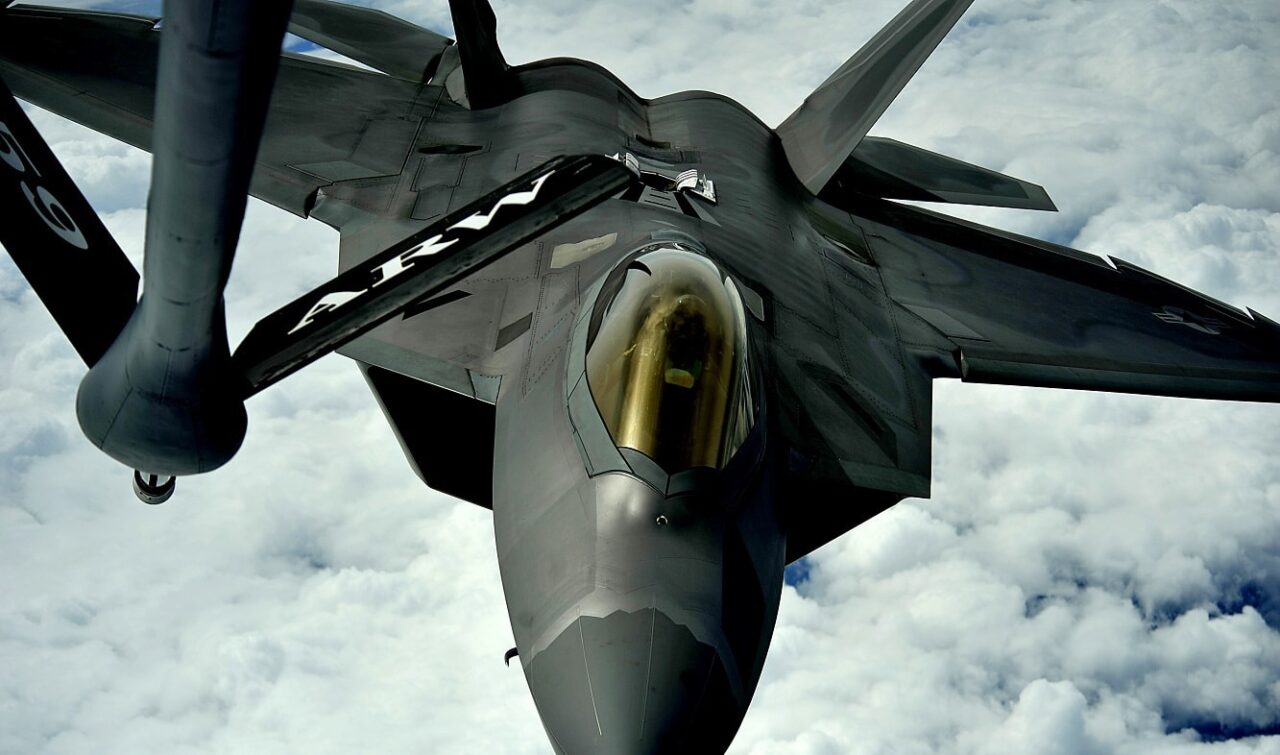F-22 vs. F-4: Who Wins? In November 2012, two Iranian Air Force Sukhoi Su-25s tried to down a U.S. Air Force MQ-1 Predator drone. At the time, the MQ-1 was flying in international air space, 16 miles from the Iranian border; the drone flight was legal, but understandably instigatory.
Iran scrambled the two Su-25s, which quickly closed on the drone. But the Su-25 was designed for close air support, not air superiority, and it struggled impotently with its cannons to shoot down the MQ-1.
The American drone escaped the interaction unscathed, having filmed the entire sequence with on-board cameras. In response to the incident, the U.S. modified its procedures to better protect its vulnerable drone fleet. It began providing drones with a fighter escort.
One year later, in 2013, the Iranians – apparently unaware of this new U.S. drone-escort policy – engaged another MQ-1. This time, the Iranians sent a jet with some air-to-air game, the F-4 Phantom – an aircraft the U.S. exported to Iran in the 1970s, back when the two countries were allies. Unlike the Su-25, the F-4 was entirely capable of bringing down the MQ-1. But when the Iranian F-4s moved to engage the MQ-1, they discovered they were not alone.
Escorting the MQ-1, lurking silently, was a Lockheed Martin F-22 Raptor – a fifth-generation stealth fighter. As the Iranian pilots learned that day, the F-22 “is equipped with stealth technology that enables it to operate virtually undetected by radar.” Indeed, the Iranians were oblivious to its presence as the F-22 stalked them from below.
This aircraft is packed with enviable, cutting-edge technology. “The F-22 Raptor is a technological marvel,” I wrote previously. “The world’s first operational fifth-generation fighter, the F-22 was designed with a bevy of novel features – stealth technology, supercruise, supermaneuverability, and sensor fusion – all combined to create the preeminent air superiority fighter.”
The Iranians flying in Vietnam War-era F-4 Phantoms were ill-equipped to match an F-22. Granted, the F-4 was a capable airframe – the most produced American supersonic military aircraft ever – but it first flew in 1958. The F-22, on the other hand, was an up-to-date, 21st century marvel. “The F-22’s software is advanced and impressive. Using sensor fusion, data from multiple onboard sensor systems are synthesized to create a more comprehensive tactical picture,” I wrote. Besides, the F-4 was not built for dogfighting. “The Phantom was not particularly maneuverable,” I wrote. “Enemy MiGs could typically outturn the F-4, which wasn’t designed for dogfighting and suffered from adverse yaw in tight turns. Instead, the F-4 was intended to fire radar-guided missiles from beyond visual range, not engage in air combat maneuvering.” Well, the F-22 was comfortably within visual range: It was directly below the Iranians.
The F-22’s pilot, operating undetected, had sidled right in. “He flew under their aircraft to check out their weapons load without them knowing that he was there,” then-Air Force Chief of Staff Gen. Mark Welsh said. Having determined the F-4’s payloads, the Raptor pilot finally alerted the Iranians to his presence.
He “pulled up on their left-wing and then called them and said ‘you really ought to go home,’” Welsh said. The F-4s complied and bugged out.
The incident is indicative of the friction that has underscored the U.S.-Iranian relationship since the late 1970s. Currently, the two sides are working toward a deal on Iran’s nuclear program, which is reportedly nearing break-out capacity and has made Iran an international pariah. The world is watching closely as the negotiations unfold. In the meantime, hopefully the two rival nations can avoid any further dogfighting incidents.
F-22 Photo Gallery
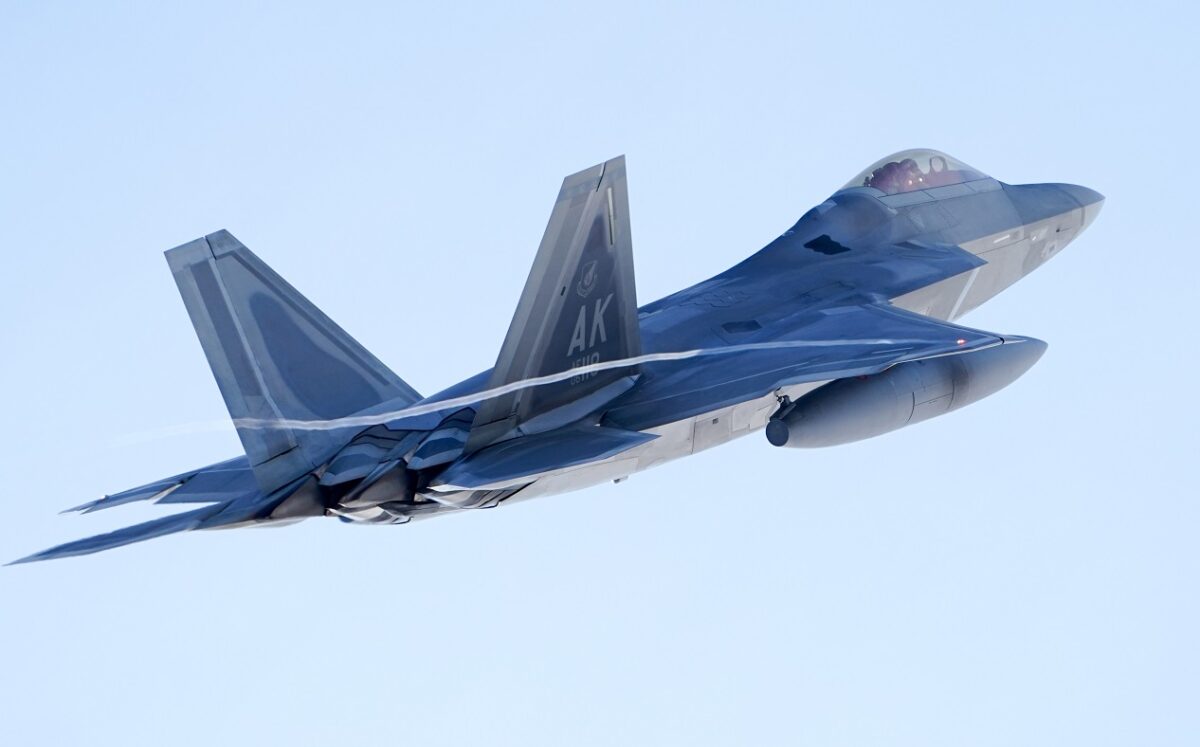
An F-22 Raptor takes off after Raptors from the 3rd Wing and 477th Fighter Group participated in a close formation taxi, known as an Elephant Walk, March 26, 2019, during a Polar Force exercise at Joint Base Elmendorf-Richardson, Alaska. This two-week exercise gives squadrons an opportunity to demonstrate their abilities to forward deploy and deliver overwhelming combat airpower. (U.S. Air Force photo by Justin Connaher)
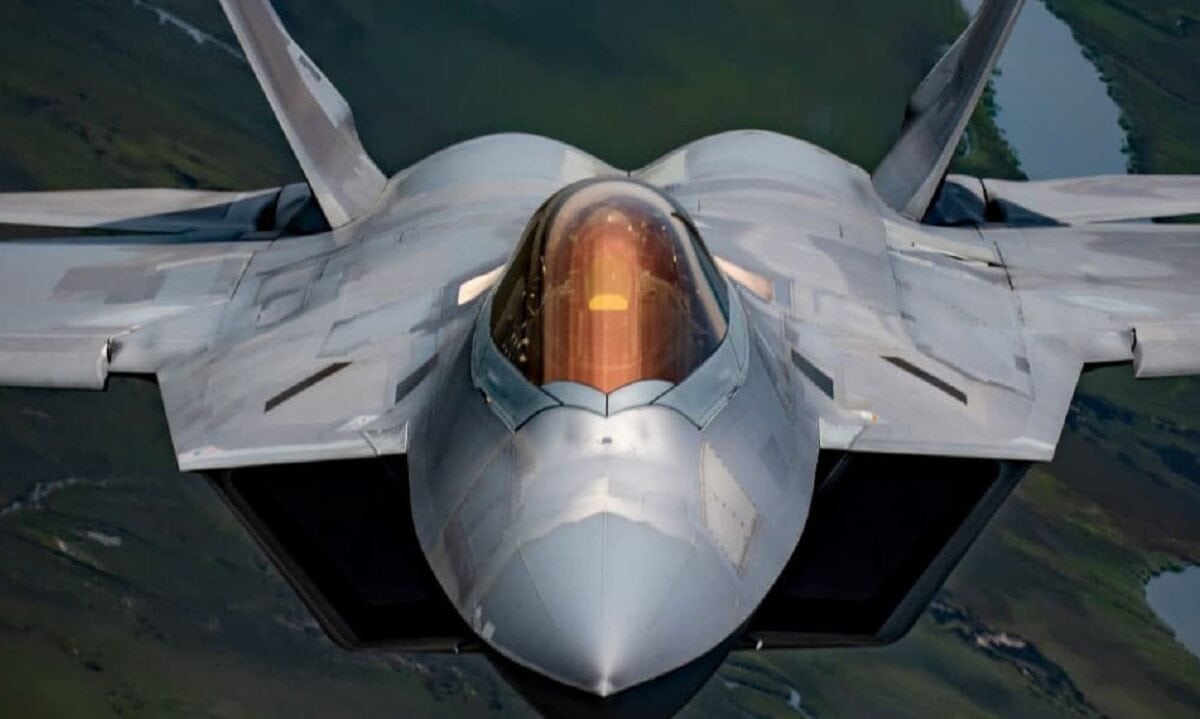
F-22 Raptor. Image Credit: Creative Commons.
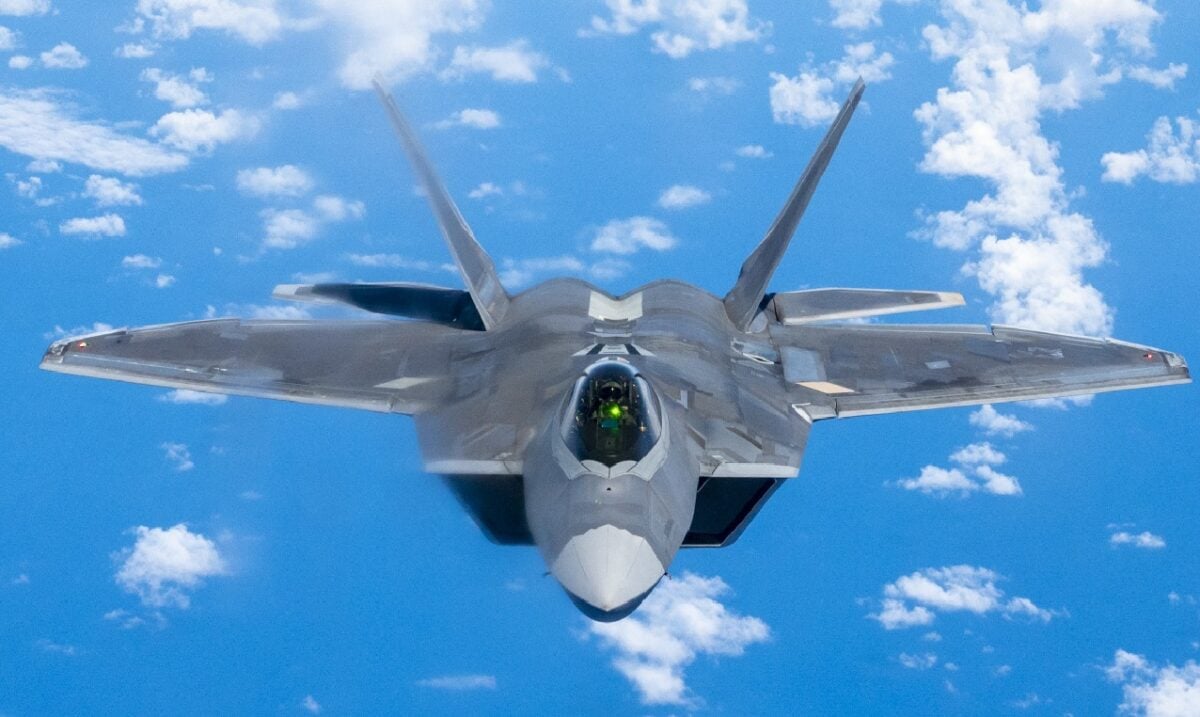
A Hawaii Air National Guard F-22 Raptor flies in formation with a French Air and Space Force F3-R Rafale June 30, 2021, near Oahu, Hawaii. FASF aircraft, maintenance, and support personnel traveled to Hawaii for exercise Wakea as part of the bilateral cooperation in the Pacific between the United States and France. During Wakea, Hawaii ANG F-22 Raptors trained with FASF aircraft to enhance air-combat expertise and interoperability between the two countries’ aircraft. In a unique association, the F-22s and the air defense mission at Joint Base Pearl Harbor-Hickam are assigned to the 154th Wing, Hawaii Air National Guard. Collectively known as the Hawaiian Raptors, the Hawaii ANG 199th Fighter Squadron and active duty 19th Fighter Squadron serve together under the Air National Guard-led active-associate construct to execute their mission sets. (U.S. Air National Guard photo by Staff Sgt. Orlando Corpuz)
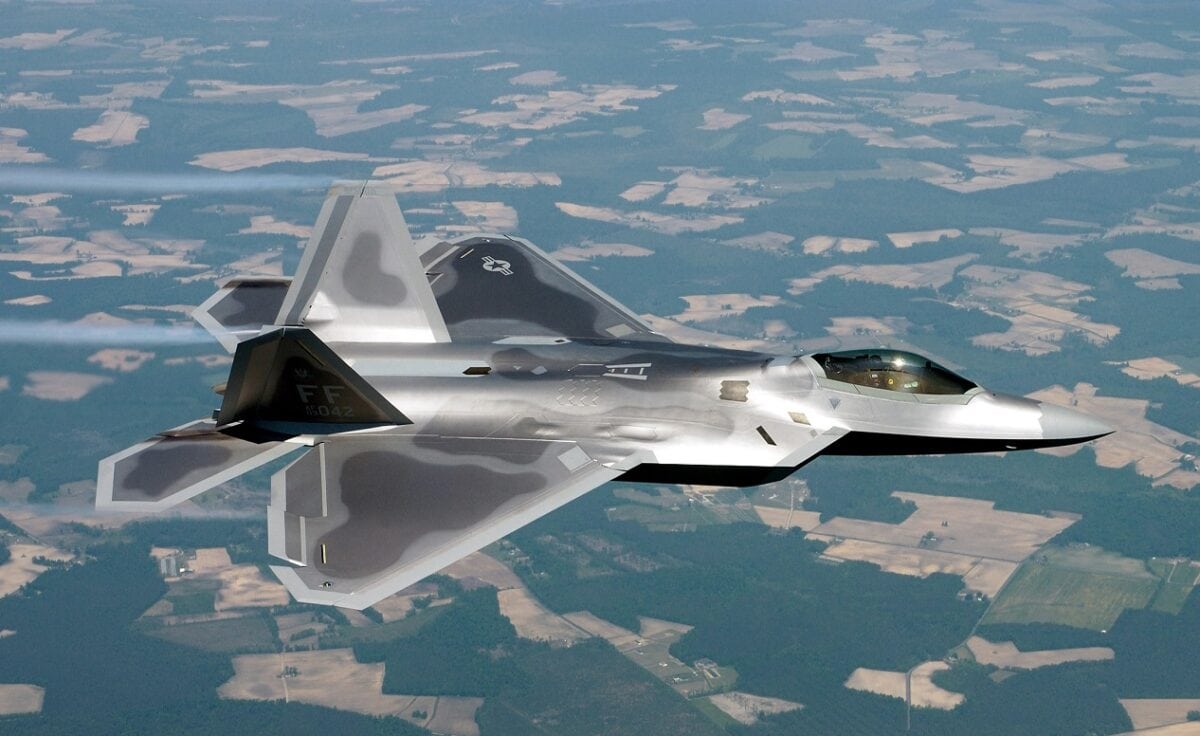
F-22 Raptor. Image: Creative Commons.
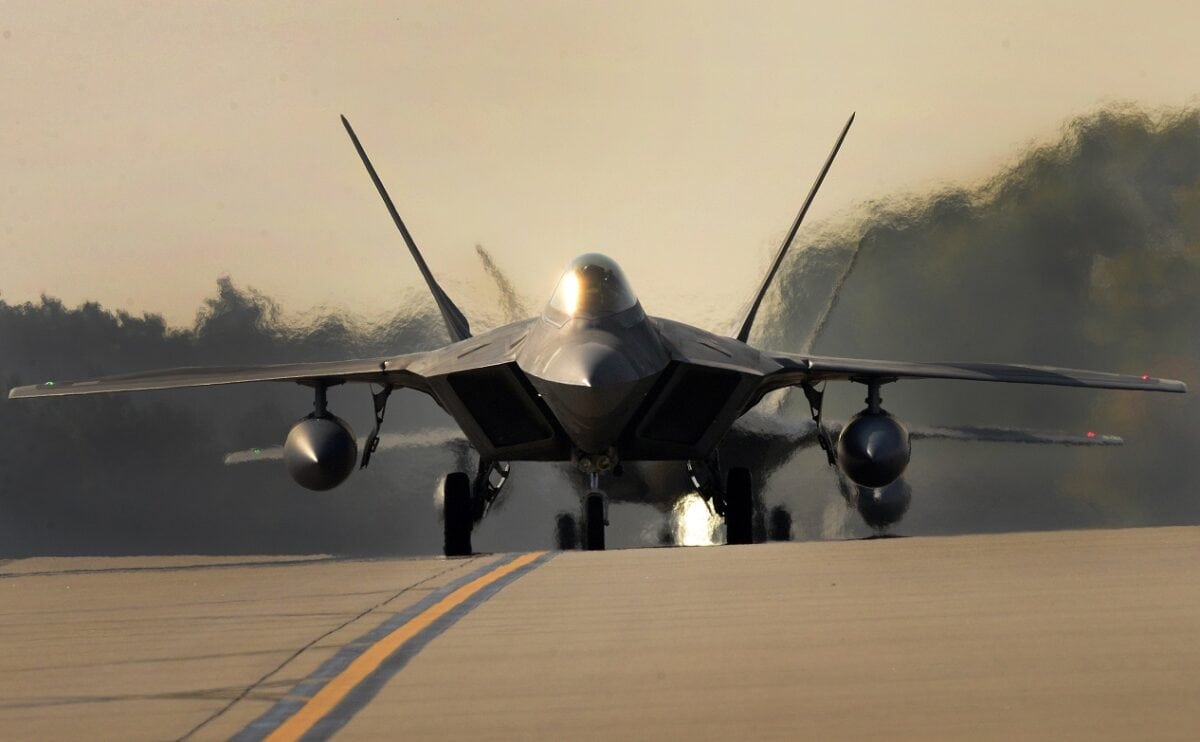
F-22 Raptors assigned to the 1st Fighter Wing, Joint Base Langley-Eustis, Va. arrives at Royal Air Force Lakenheath, England Oct. 5, 2018. The Raptors will train with U.S. allies and partners as a demonstration of U.S. commitment to European regional security. (U.S. Air Force photo/ Tech. Sgt. Matthew Plew)
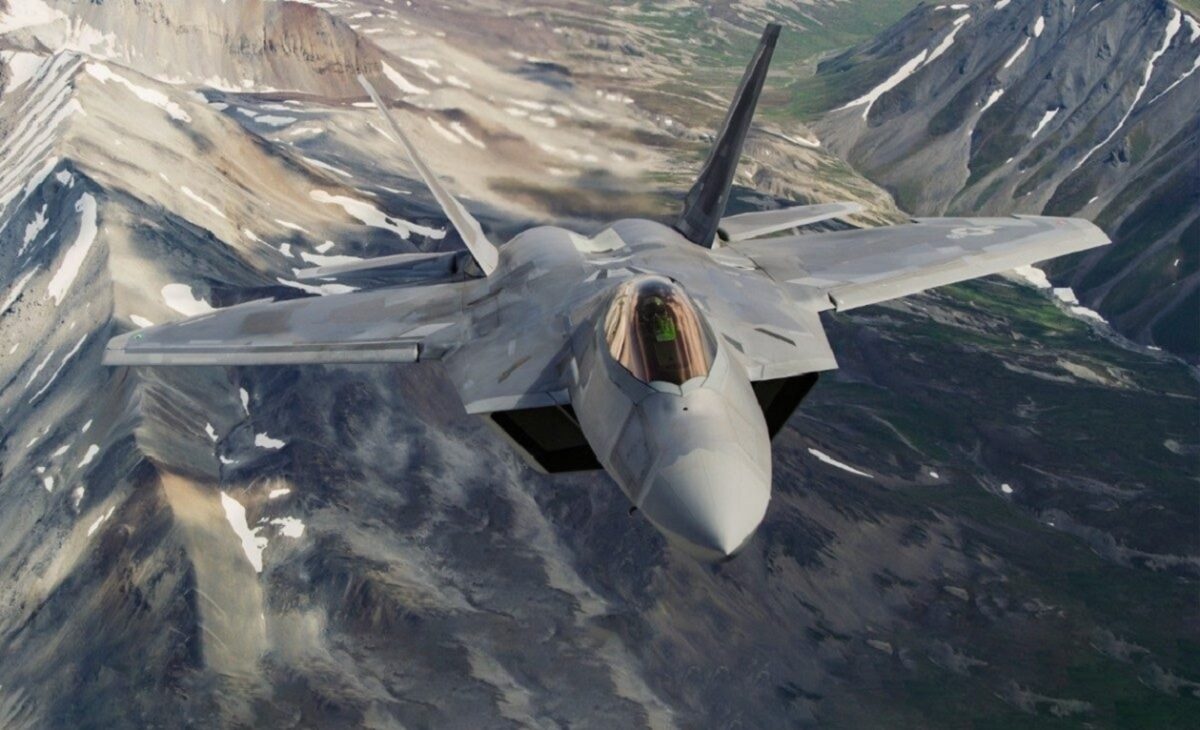
F-22 Raptor. Image Credit: Lockheed Martin.
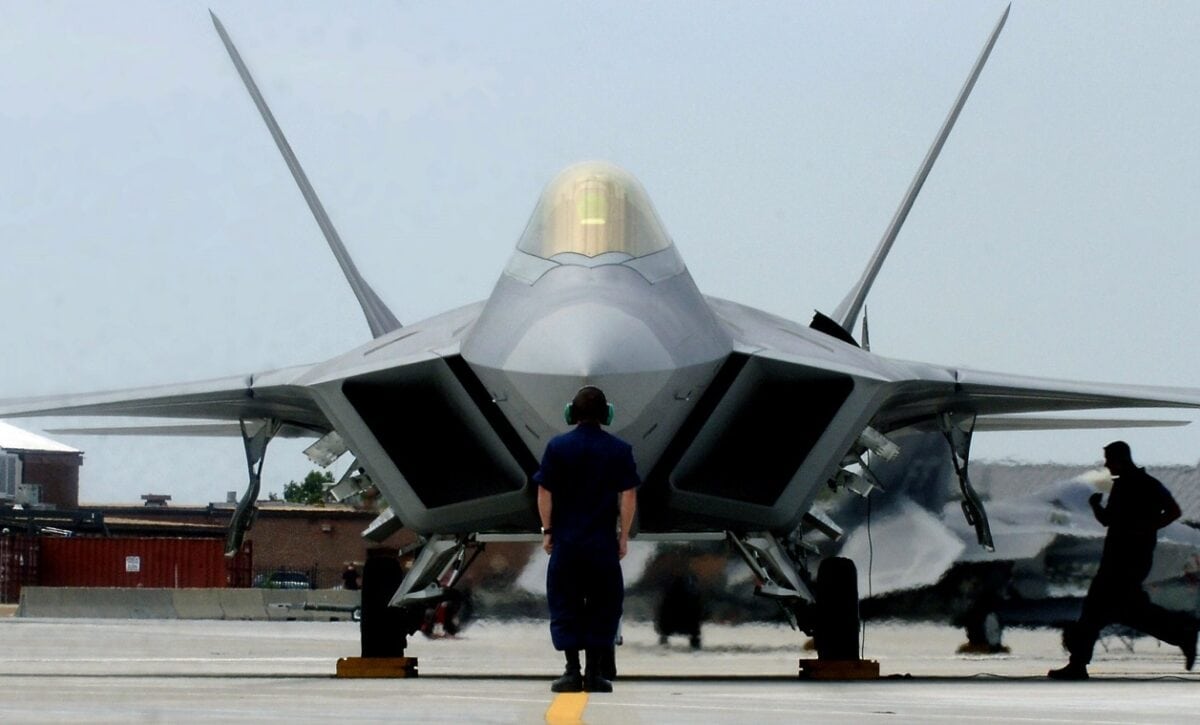
F-22A Raptor Demonstration Team aircraft maintainers prepare to launch out Maj. Paul “Max” Moga, the first F-22A Raptor demonstration team pilot, July 13. (U.S. Air Force photo/Senior Airman Christopher L. Ingersoll)
MORE: The F-35 Now Comes in Beast Mode
MORE: Why the U.S. Navy Tried to Sink Their Own Aircraft Carrier
Harrison Kass is the Senior Defense Editor at 19FortyFive. An attorney, pilot, guitarist, and minor pro hockey player, he joined the US Air Force as a Pilot Trainee but was medically discharged. Harrison has degrees from Lake Forest College, the University of Oregon, and New York University. He lives in Oregon and listens to Dokken. Follow him on Twitter @harrison_kass.

